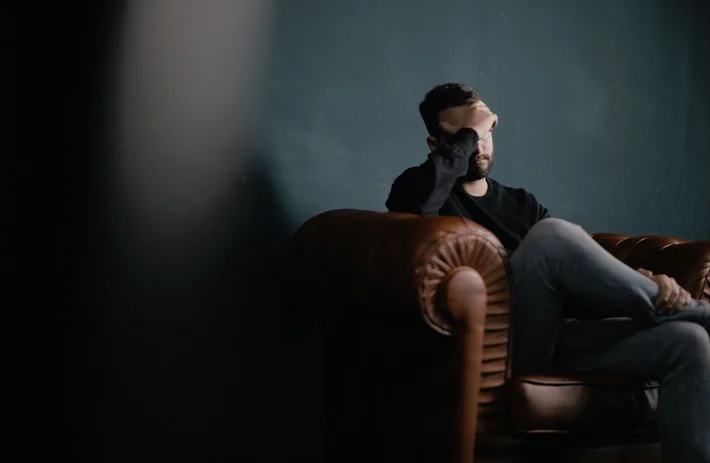![Separator]()
What causes a headache?
All headaches can be classified into two categories: primary and secondary. Primary headaches are caused by chemical activity in the brain, the muscles of the head and neck, or the nerves and blood vessels surrounding the skull. They are not caused by an underlying condition.
Cluster headaches, tension headaches, and migraines are the most common examples of primary headaches. While they aren’t caused by any underlying conditions, these headaches can in fact be triggered by external factors. Common triggers include alcohol, specific foods like cured meats, a lack of sleep, poor posture, skipped meals, and stress.
Secondary headaches are caused by one or more separate conditions. Secondary headaches can occur as a result of a sinus infection, for example, a hangover, dehydration, or even dental problems. They can also occur because the patient is suffering from an aneurysm, a concussion, a brain tumor, or encephalitis.
The most common causes of a headache include:
- Alcohol
- Lack of sleep
- Stress
- Underlying conditions
Source:
Mayo Clinic



















